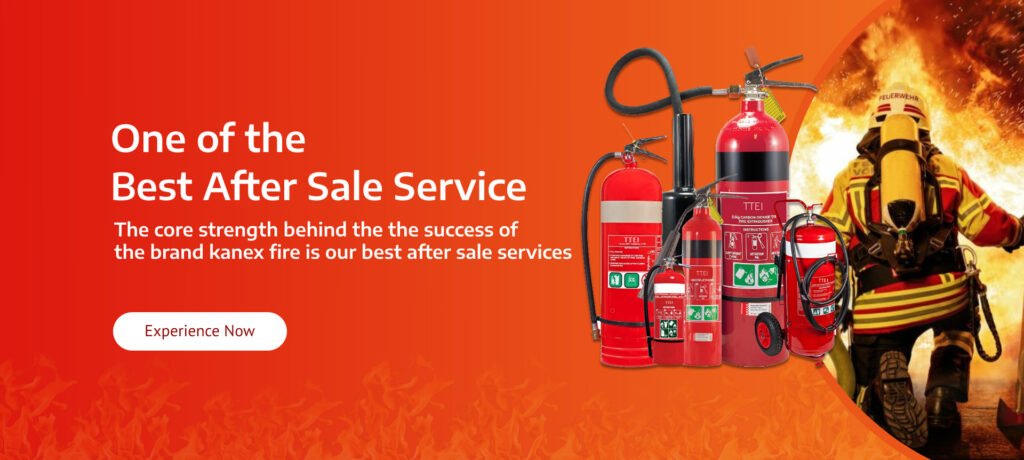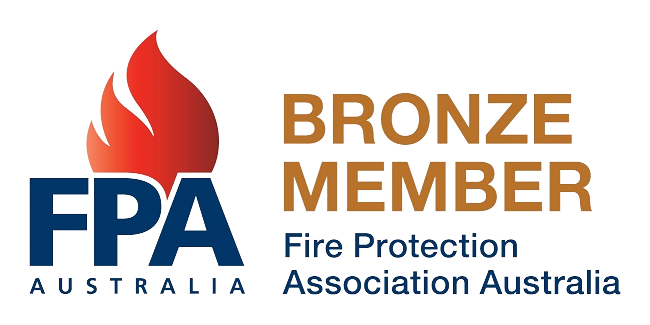Protecting Lives and Property with Fire Fighting Equipment
When there is an emergency, firefighter gear is the first line of defence, protecting people and property from the damage of fire. These tools have changed over time to meet the ever-changing needs of putting out fires and saving people. They used to be simple, but now they use cutting-edge technology. At Total Essential Integrated TTEI, we’re proud to offer high-quality firefighter gear that can be used by one person or by a whole crew. We have a huge selection of tools, from basic ones like fire extinguishers and hoses to more high-tech ones like advanced fire suppression systems and personal safety equipment (PPE). We have what you need, whether you’re getting things for your own safety at home or for a whole fire department.
We know how important it is to follow safety rules, which is why we offer firefighting escape systems that meet NFPA standards. This will give you peace of mind in case of an accident. You can be sure that you are getting the best gear at the best prices with Total Essential Integrated TTEI. Look through our selection right now and buy the tools that will help you keep people and property safe.
Essential Fire Fighting Equipment
Extinguishers: Fire extinguishers are movable tools used to put out or control small fires. There are different kinds, like water, foam, dry chemical, CO2, and clean agent extinguishers, and each one is designed to put out a certain kind of fire. Fire extinguishers put out a chemical that takes away one or more of the fire triangle’s three parts: heat, fuel, and air. This puts out the fire. To put out a fire effectively, you need to know about the different types of fire extinguishers and how to use them.
Fire Hoses and Nozzles: Fire hoses and nozzles are the most important tools for fighting fires because they let firemen get water or other fire-putting substances to the heart of the fire. Pressured water from a water source flows through bendable tubes called fire hoses and into the fire. Nozzles control the flow and direction of the water stream. Learning about the different kinds of fire hoses and nozzles, such as their material makeup, diameter, and pressure rates, can help you choose the right gear for each situation.
Personal Protective Equipment, or PPE, is made up of special clothes and gear that protect firemen from heat, flames, smoke, and other dangers they might face while fighting fires. PPE lowers the chance of getting hurt or being exposed to dangerous situations, so firefighters can work safely and effectively in harsh circumstances. Every piece of PPE, like turnout gear, helmets, gloves, and boots, is very important for keeping firemen safe and healthy on the front lines.
Advanced Fire Fighting Technologies
Fire Suppression Systems: Fire suppression systems can be automated or operated by hand. They are meant to find, control, and put out fires in cars, buildings, and other enclosed areas. These Fire Fighting Equipment systems use different types of fire-putting substances, like water, foam, gas, or chemicals, to quickly put out fires and stop them from spreading. By looking into the different kinds of fire suppression systems, like sprinkler systems, smoke suppression systems, and foam systems, you can learn more about their pros and cons and how they can be used.
Thermal Imaging Cameras: These cameras pick up infrared radiation that things give off. This helps firefighters see where the heat is coming from and move more safely through smoke-filled spaces. By showing real-time thermal images, these cameras help firemen find hotspots, identify victims, and figure out how bad the fire damage is, which makes their work easier. Knowing the pros and cons of thermal imaging technology helps firemen know how to use it most effectively and avoid problems in different firefighting situations.
These are unmanned aircraft that are equipped with thermal cameras, sensors, and payloads that can drop firefighting chemicals or do reconnaissance tasks in dangerous places. These drones help firefighters from above by scouting the area, watching how the fire is spreading, and bringing fire-fighting chemicals to dangerous or hard-to-reach places.
Looking into the newest developments in firefighting drone technology, like self-driving systems and AI-powered decision-making algorithms, shows how these flying tools could be used in rescue and firefighting operations in the future.
Maintenance and Training for Fire Fighting Equipment
It is very important to keep firefighter gear in good shape so that it works well and lasts a long time during emergencies. Following the manufacturer’s instructions and industry standards for regular inspections, testing, and maintenance processes lowers the chance of equipment failure and makes it more ready for use. It is very important for firemen to learn how to use, handle, and take care of Fire Fighting Equipment gear properly so that they can do their jobs safely and effectively.
Empowering Firefighters with the Right Tools
Even though fires are still very dangerous to people and property, it is impossible to stress how important firefighting gear is in lowering these risks. From old-fashioned tools like fire extinguishers and ladders to new, high-tech gadgets like thermal imaging cameras and firefighting drones, the way firefighting gear has changed over time shows how committed we are to safety and innovation. Learning about the different kinds of firefighting gear, how it works, and the latest improvements to it gives us the confidence and strength to handle fire situations with grace and determination, protecting and improving the lives of our communities for future generations. Key parts of keeping this promise are continuing education and training.




